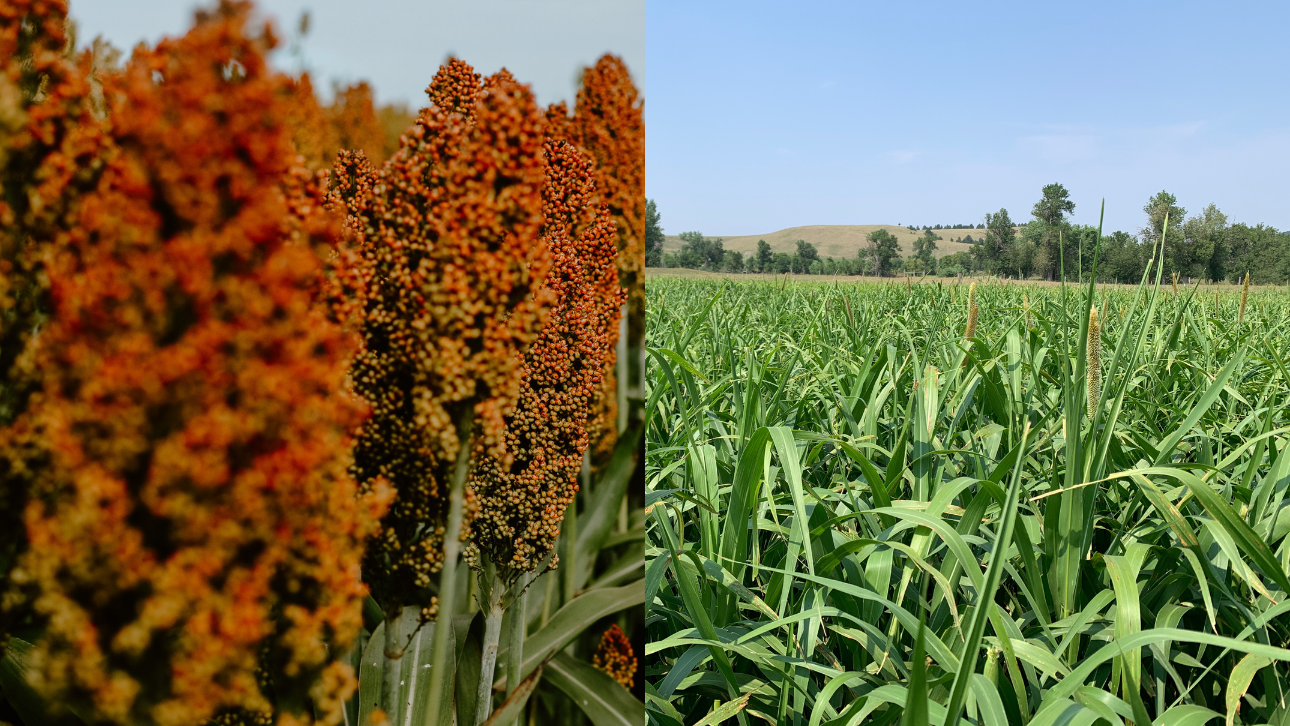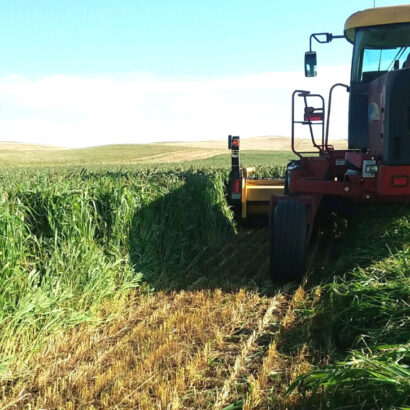Sorghum and pearl millet forage present a compelling case for farmers and ranchers looking to mitigate financial strains in periods of economic uncertainty. These crops are best known for their resilience in adverse conditions, requiring minimal inputs like water, fertilizer, and pesticides compared to other cash crops. Their ability to thrive in marginal soils and withstand drought makes them especially attractive in regions with unpredictable weather patterns.
Both sorghum and pearl millet have rapid growth rates, which gives the opportunity for multiple harvests within a single growing season. This translates to a consistent and reliable source of feed for livestock, reducing dependency on costly commercial feed supplements. By harnessing the excellent productivity of these forage crops, farmers and ranchers can optimize their resources and maximize returns on their investment.
Beyond their economic advantages, sorghum and pearl millet also play a crucial role in crop rotation strategies when it comes to increasing disease resistance and managing pests. Continuous monoculture of cash crops can lead to the buildup of pathogens and pests in the soil, resulting in yield losses and increased reliance on herbicides and pesticides. By integrating sorghum and pearl millet into crop rotations, you can disrupt the life cycles of detrimental organisms – mitigating the risk of infestation and disease outbreaks.
In times of economic uncertainty, growing sorghum and pearl millet for forage is a great choice for farmers and ranchers navigating volatile markets and trying to maintain profitability. With their low-input requirements and versatility as feed sources, these crops offer a cost-effective solution for addressing the challenges of low cash crop prices and escalating input costs. In addition, their integration into crop rotation systems provides invaluable benefits in terms of disease resistance and pest management, contributing to the long-term resilience of your operation.




Discussion
0 Comments